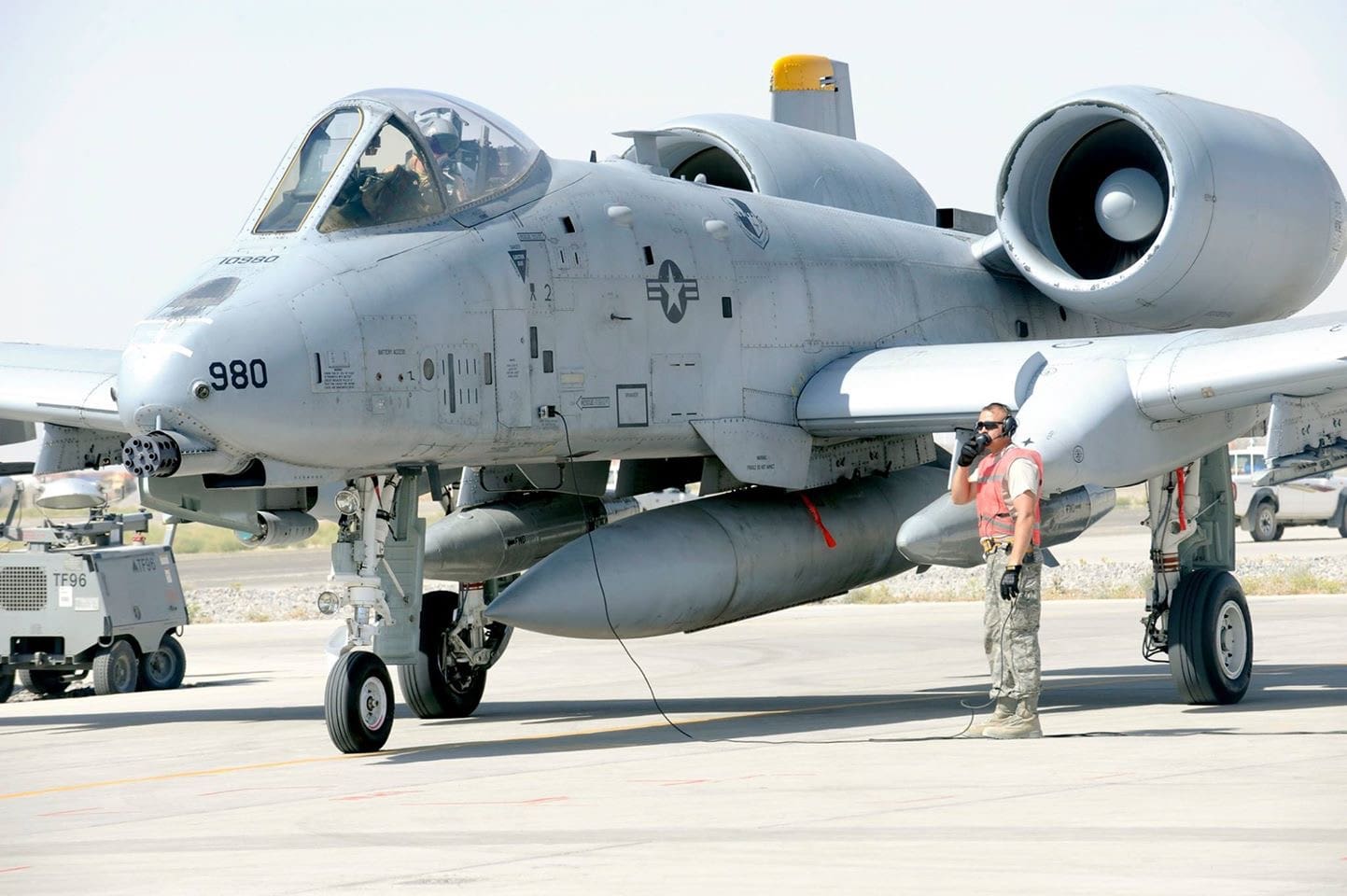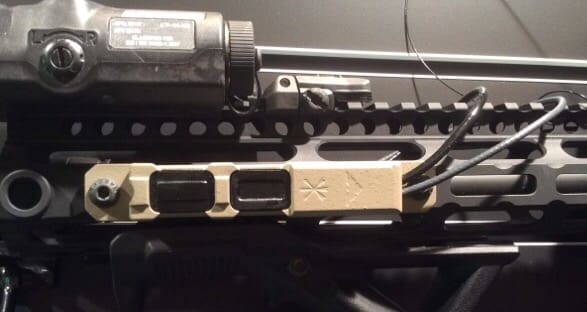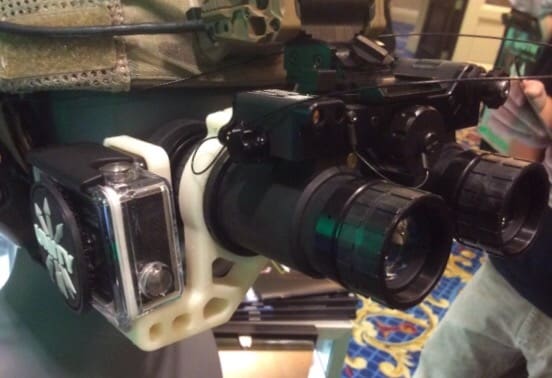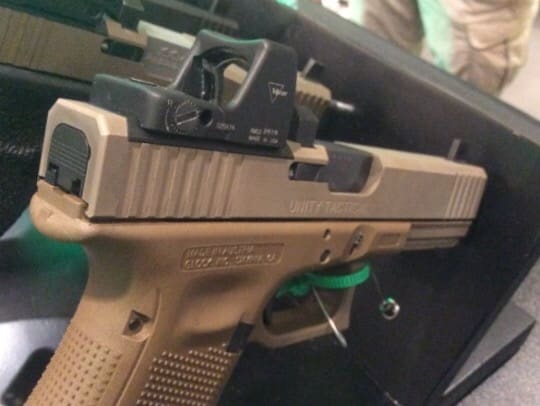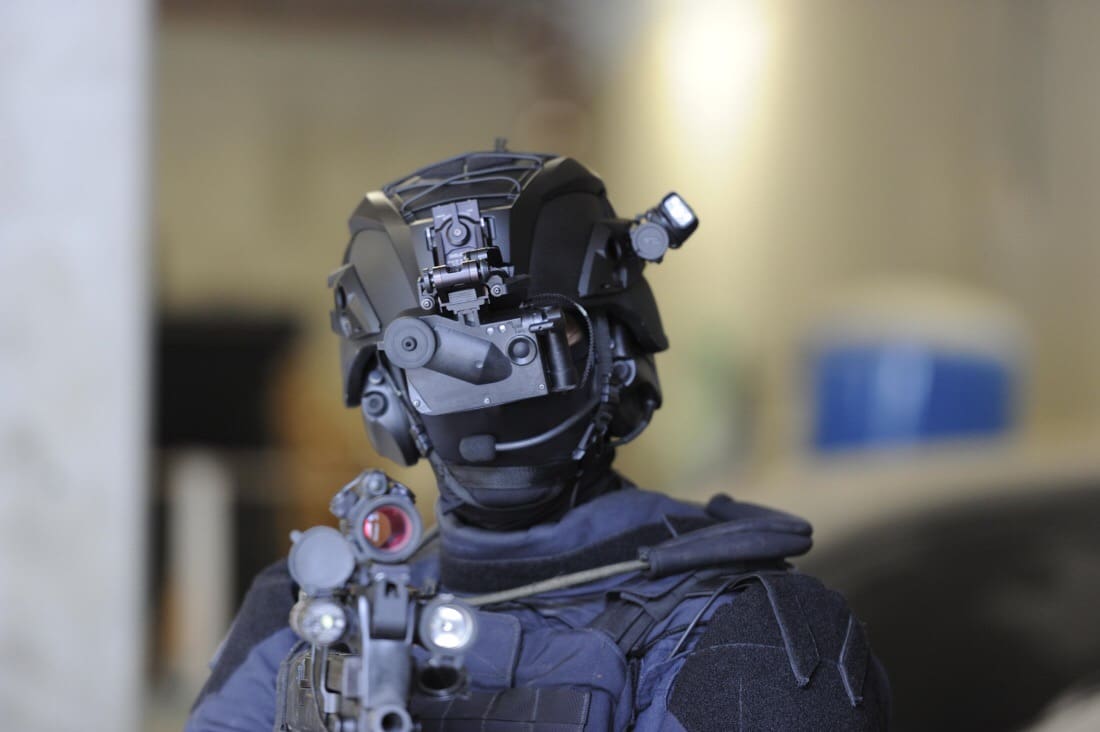Pelican’s Vault Case is a protective, fold open case for the iPad Mini series of tablet computers. It has been tested to MIL-STD-810G standards for multiple drops, and meets IP54 standards for complete protection against intruding dust and dirt. Additionally, the Vault Case has an elastometric liner, a hard cover screen protector, and a dual axis hinge.
An iPad Air compatible case will be available starting mid/late April.
www.pelican.com/cases_detail_mobile_devices/Case/C12080


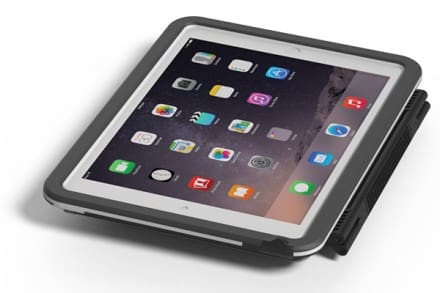
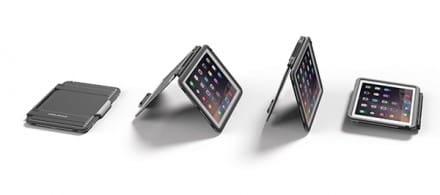
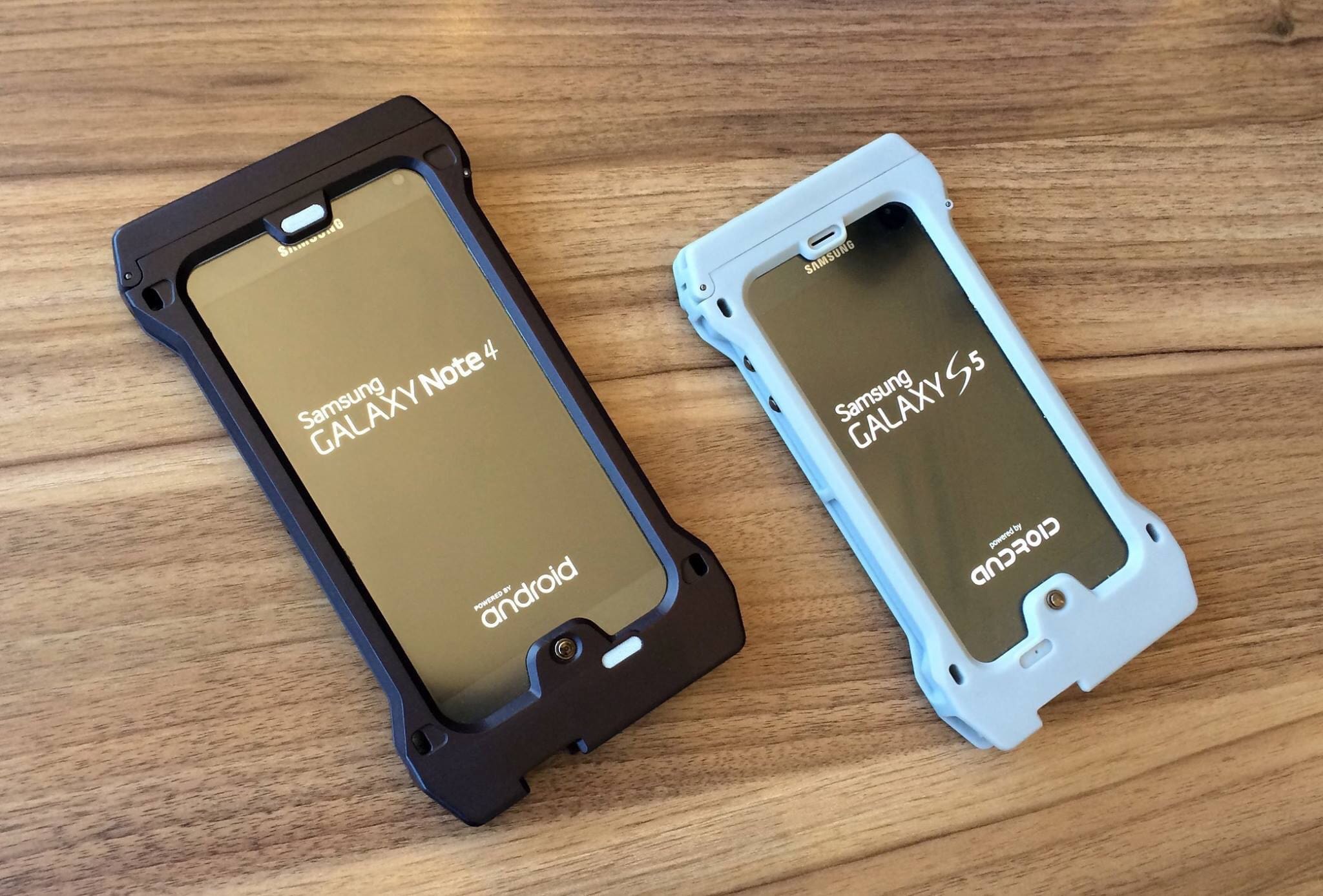 ?
?